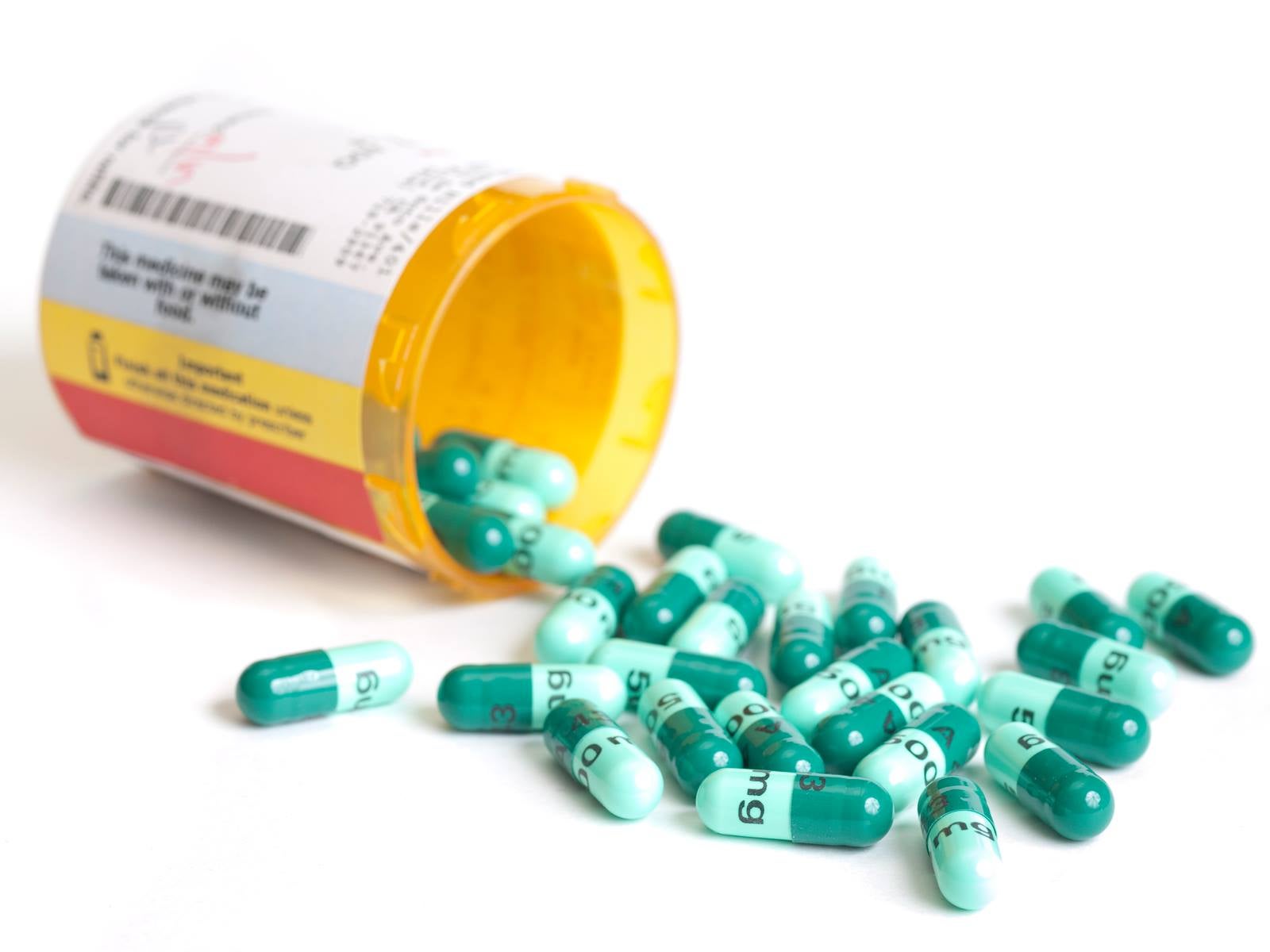Disclaimer: The findings discussed are lab based and further studies need to be done.
Pure maple syrup might be the newest antibiotic, which can help your body fight bacterial infections. A recent study looked at substances within maple syrup called phenolic-rich maple syrup extracts (PRMSE).
Within the study, researchers tested the individual compounds that makeup PRMSE and how they affect bacterial growth. The most potent compound within this extract, named “catechol”, was shown to be very effective in anti-microbial activity on its own. These substances were then joined with the prescription antibiotic medication named ciprofloxacin. This duo was put with several bacteria including E. coli, P. mirabilis, and P. aeruginosa.
The results showed that by using both the maple syrup extracts and the antibiotic, the antibiotic actually worked better. These extracts were able to enhance the antibiotics by helping them get through the outer protective layer of the cell, called the cell membrane. The researchers suggest that PRMSE may be such a great antimicrobial with antibiotics because it allows more of the drug to enter the cell.
What does this mean for the future of maple syrup as an antibiotic agent? The future of antibiotic treatments could include decreasing the dosage of antibiotics and instead, adding these antimicrobial maple syrup compounds. This treatment would not only be more effective but it also reduces negative consequences related to being prescribed a high antibiotic dose. This most shockingly includes reaching a level where the drug becomes toxic to your cells. A future treatment combining the two could be very effective.
Reference: Maisuria VB, Hosseinidoust Z, Tufenkji N. Polyphenolic extract from maple syrup potentiates antibiotic susceptibility and reduces biofilm formation of pathogenic bacteria. Appl. Environ. Microbiol.. 2015, 81:3782-3792. DOI: 10.1128/AEM.00239-15 https://web.uri.edu/maple/polyphenolic-extract-from-maple-syrup-potentiates-antibiotic-susceptibility-and-reduces-biofilm-formation-of-pathogenic-bacteria/

